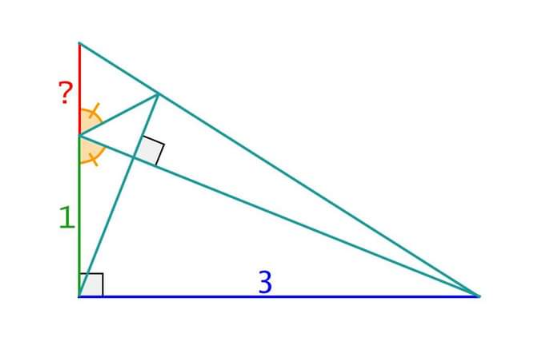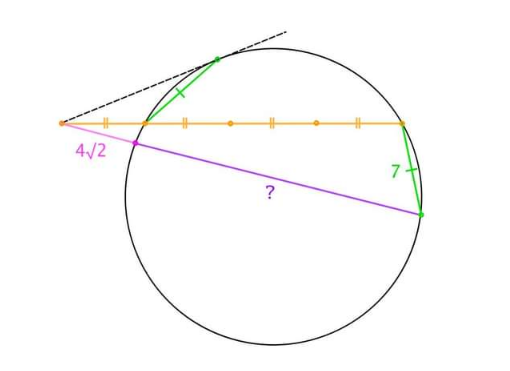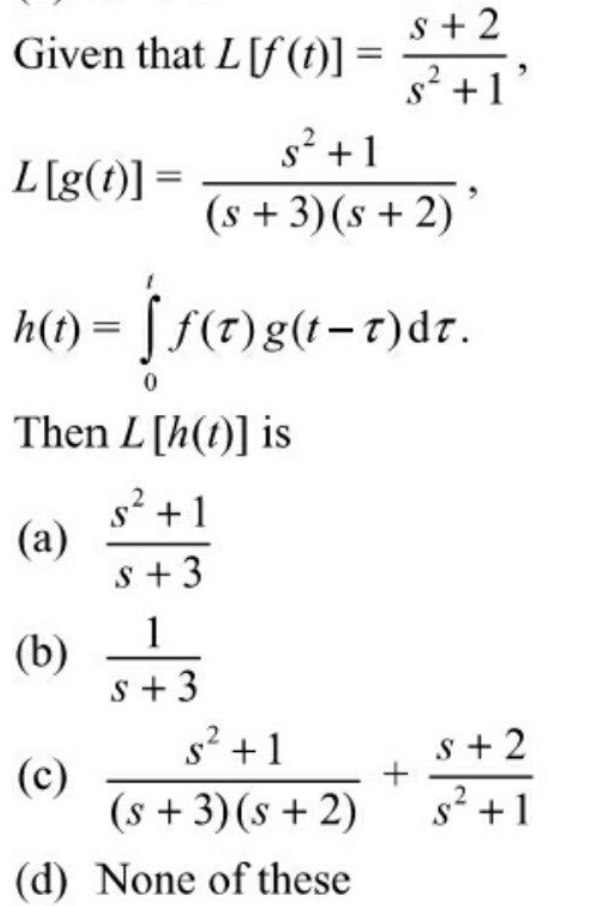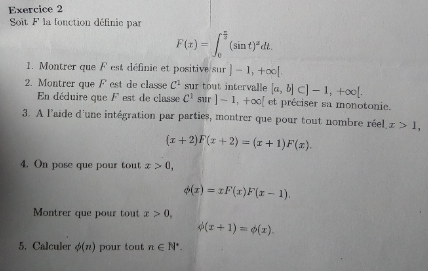
AllQuestion and Answers: Page 454
Question Number 173825 Answers: 0 Comments: 2

Question Number 173826 Answers: 0 Comments: 0

Question Number 173820 Answers: 0 Comments: 0
Question Number 173815 Answers: 0 Comments: 2
$${prove}\: \\ $$$$\left(\frac{{n}+\mathrm{1}}{\mathrm{3}}\right)^{{n}} <{n}! \\ $$
Question Number 173807 Answers: 1 Comments: 0

Question Number 173798 Answers: 3 Comments: 0
Question Number 173795 Answers: 1 Comments: 1
Question Number 173787 Answers: 2 Comments: 11
Question Number 173776 Answers: 2 Comments: 0

Question Number 173767 Answers: 0 Comments: 2
Question Number 173765 Answers: 4 Comments: 0

Question Number 176804 Answers: 0 Comments: 1

Question Number 173736 Answers: 1 Comments: 0
Question Number 173734 Answers: 1 Comments: 0
Question Number 173733 Answers: 0 Comments: 3
Question Number 173732 Answers: 4 Comments: 1
Question Number 173729 Answers: 2 Comments: 0
Question Number 173768 Answers: 0 Comments: 0
Question Number 173721 Answers: 1 Comments: 0

Question Number 173709 Answers: 0 Comments: 0
Question Number 173707 Answers: 3 Comments: 0
Question Number 173706 Answers: 2 Comments: 1

Question Number 173697 Answers: 1 Comments: 0

Question Number 173696 Answers: 0 Comments: 0

Question Number 173695 Answers: 1 Comments: 0

Question Number 176812 Answers: 1 Comments: 1
Pg 449 Pg 450 Pg 451 Pg 452 Pg 453 Pg 454 Pg 455 Pg 456 Pg 457 Pg 458
